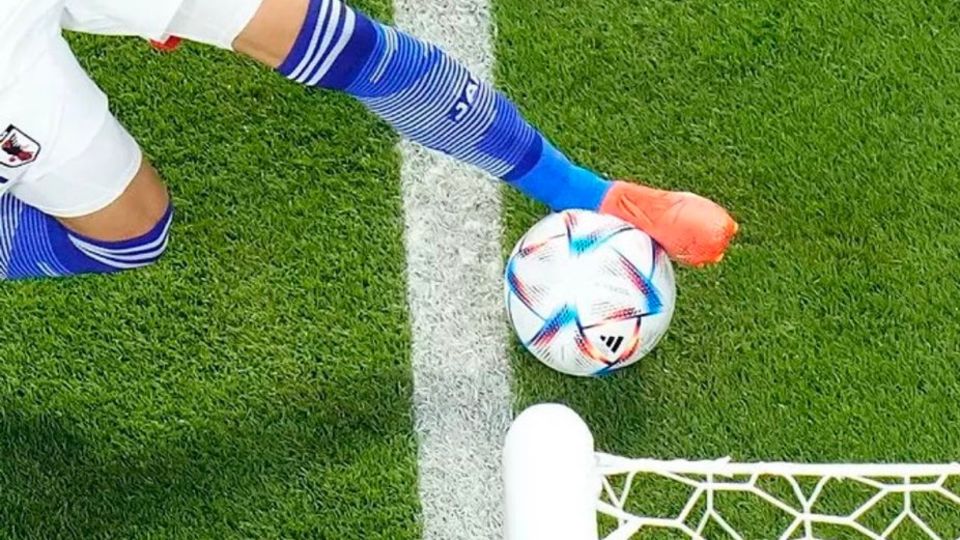Why was Japan’s goal vs Spain was allowed to stand?
Japan’s winner was given because of the ‘curvature of the ball’. Apparently, not all of the ball was over the line, even though the part of the ball that was on the grass was clearly over the line. The entirety of the ball has to be over the line for the ball to be deemed out. It’s rather like when corner kick takers put the ball slightly outside the quadrant but it is deemed legal.
This is the all-important rule
It’s No 9 of the 17 laws of football. Law 9: ‘The ball in and out of play’…
“The ball is out of play when: It has wholly crossed the goal line or touch line, whether on the ground or in the air.”
Why it mattered
It clearly mattered on the obvious level, in that Tanaka’s goal proved to be the winner in the Japan vs Spain match meaning Japan topped the group and Spain finished second.
The angle you see things from can massively distort whether any part of the ball is overhanging any part of the line. Officials get one look at it (and were right!)
Ball in the same place in all 3 photos, as in #Japan vs. #Spain game this evening #FIFAWorldCup #JPNESP #JPN #ESP pic.twitter.com/Sneis6TGr5
— Christopher James (@ChrisJames_90) December 1, 2022
But the real consequence was for Germany. Hansi Flick’s side knew they had to beat Costa Rica to have a chance of progressing through to the second round. Not without a few hiccups, they did this 4-2.
But due to the controversial goal in the other match their victory proved to be immaterial. Japan’s victory plus Spain’s superior goal difference sent them packing in full knowledge that had Japan drawn they would have scraped through. So the Tanaka strike was the difference between Germany marching onto the knockout stages and their ignominious early exit.
Commentators were left confused, after watching the first replay, about why the Japan goal stood. This is a reminder that camera angles can be deceiving.













